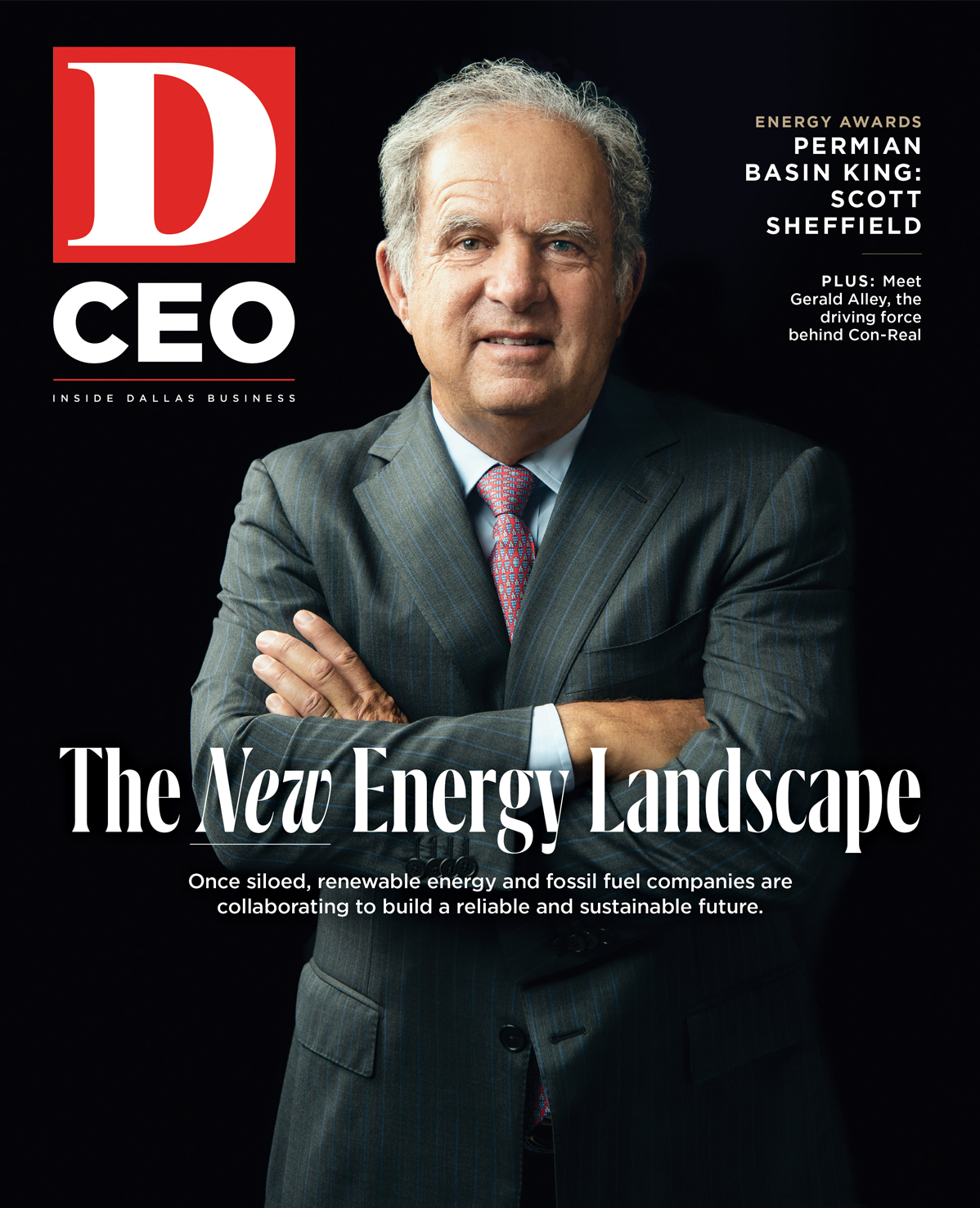Remember the arctic blast that blew through Texas earlier this year? The extreme weather we all experienced was a reminder that efficiency is critical for the resilience of our energy system. Energy efficiency reduces cost and greenhouse gas emissions, fosters resilience and competitiveness, and improves health. It is also a driver of economic development, generating $5 million to $8 million in GDP and up to 30 jobs for every $1 million spent.
Energy efficiency involves businesses across the spectrum: multinationals that manufacture energy-efficient equipment and appliances, midsize U.S. businesses that make windows and insulations, small, local businesses that install much of the above, and startups working on innovations increasingly using emerging technologies such as blockchain. But two-thirds of the economic potential remains unrealized due to barriers.
Although energy efficiency in companies’ facilities remains essential, some mavericks have taken a systemic approach to addressing key obstacles, resulting in a significant impact not only on their profit but also on people and the planet. Here are five strategies:
- Raise Awareness. Educational efforts about the benefits of energy efficiency are essential. In addition to its energy efficiency solutions, Schneider Electric offers vendor-neutral free educational content to energy users and industry professionals covering 70 percent of global energy use.
- Secure Financing. Energy efficiency-related savings, resilience, and improved competitiveness supports bankability if benefits are understood. Raiffeisen Bank was a first mover in Europe offering specialized energy efficiency loans and has since built a $1.6 billion portfolio.
- Challenge Behaviors. Influencing behavior requires nuanced approaches. Swiss Re’s program for its 14,500 employees worldwide encourages the use of energy-efficient vehicles, home appliances, home retrofits, and public transportation.
- Reach Down. Leading companies can support smaller businesses upstream and downstream in their value chains with energy efficiency. PepsiCo’s Sustainable Farming program helped suppliers, and its energy-efficient cooler program helped distributors reduce their energy use and GHG emissions.
- Systemic Approach. Companies that take a comprehensive approach can achieve much more than their climate and social commitment goals. They also build the ecosystem for an energy-efficient economy at a scale that only the private sector can.
Eva Szalkai Csaky is executive director of the Hunt Institute for Engineering & Humanity at Southern Methodist University.






